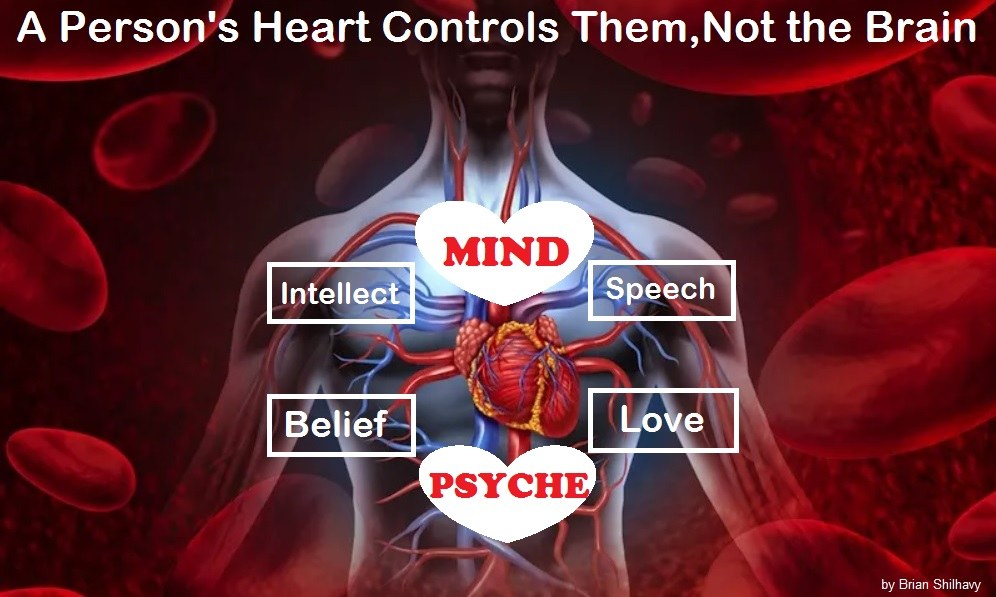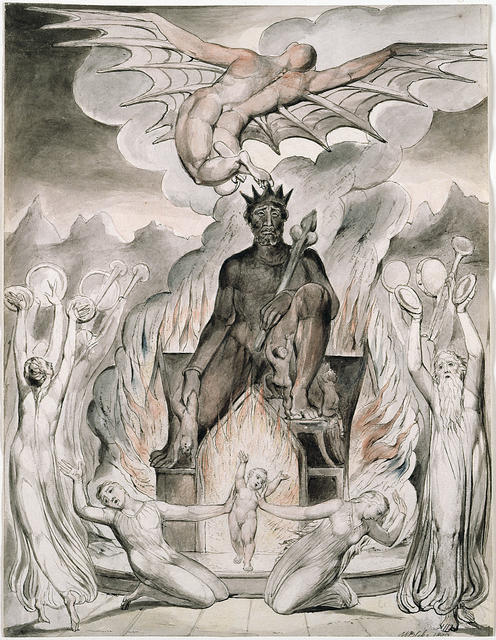
CCHR Warns Children Labeled “ADHD” Subsidize $20 Billion Pharmaceutical Industry
With October designated “ADHD Awareness Month,” CCHR exposes the myths, risks, and harm to 3.1 million children prescribed stimulants, while praising efforts that brought a 1.2 million reduction in children being given behavioral drugs.
by Citizens Commission on Human Rights International
Excerpts:
October is designated “ADHD Awareness Month,” during which pharmaceutical company-funded groups promote the risks of “untreated” Attention Deficit Hyperactivity Disorder, and the need for mind-altering “medication.” Not discussed is how the psychiatric drugs prescribed to treat ADHD are linked to psychosis, addiction, cardiac arrest and suicide while raking in $20 billion a year in U.S. sales alone.
Efforts to expose the dangers of the drugs are praiseworthy, putting children’s protection first. Against the billions of dollars spent promoting the prescribing of “ADHD” drugs, there were 1,248,919 fewer American children taking them between 2013 and 2020, according to IQ Via tracking statistics.
However, in an effort to increase stimulant drug sales, ADHD proponent groups—often well-financed by pharmaceutical companies that manufacture ADHD drugs—promote that there is a worsening situation that requires more funds.
“ADHD Awareness Month” is largely sponsored by CHADD (Children and Adults with Attention-Deficit/Hyperactivity Disorder), ADDA (Attention Deficit Disorder Association) and ACO (ADHD Coaches Organization) International.
As early as 1995, the International Narcotics Control Board (INCB) raised the alarm over CHADD actively lobbying for the use of methylphenidate (Ritalin) for children labeled with ADHD while being funded by Ciba Geigy (now Novartis), the manufacturer of Ritalin.
In the financial year ending June 30, 2008, CHADD received $1.2 million in drug company donations and grants; 64% of CHADD’s sales and advertising was derived from such companies. Shire Pharmaceuticals (now Takeda) had also given grants to ADDA, including for “ADHD awareness.”
CHADD asserts that approximately 10 million adults also have ADHD. Adult ADHD was a marketing message launched in 2003 by pharmaceutical giant Eli Lilly and Co., which at the time had the only drug with Food and Drug Administration (FDA) approval to treat adults. CHADD told media that between 2 and 4% of adults had ADHD.
Eli Lilly’s TV and radio ads about adult ADD [sic] and its “non-stimulant” drug Strattera centered around subjective screening questions, such as “How often are you distracted by activity or noise around you?” and “How often do you feel restless or fidgety?” In 2008, Lilly gave CHADD a grant of $200,000.
Moncrief and Timini wrote: “We suggest that adult ADHD represents one of the latest attempts to medicalize ordinary human difficulties, and that its popularity is partly dependent on marketing and the reinforcing effects of stimulants…. The phenomenon of adult ADHD started to emerge in the USA during the 1990s, propelled by the activities of patient advocacy groups, the media and professionals.”
In 2013, Dr. Keith Conners, a psychologist, professor emeritus at Duke University and prolific ADHD advocate, called the rising rates of ADHD diagnoses in children “a national disaster of dangerous proportions…. The numbers make it look like an epidemic. Well, it’s not. It’s preposterous.”
Prof. Allen Frances, Former Chairman of the Diagnostic and Statistical Manual of Mental Disorders (DSM-IV) Task Force, commented that rates of ADHD “have tripled, partly because new drug treatments were released that were aggressively marketed.”
He added that “there is concern that the noxious effects of DSM-5 may spread beyond our boundaries. The excessive diagnosis of ADD and Autism began in the U.S., but these false epidemics are catchy and have now become a world-wide phenomenon.”
Since 2000, the FDA has cited every major ADHD drug manufacturer for false and misleading advertising—some multiple times.
In February 2014, Shire agreed to pay $57.5 million in fines to resolve allegations of improper sales and advertising of several drugs, including Adderall XR, Vyvanse and Daytrana, the latter a patch that delivers the stimulant through the skin.
In 2019 Takeda pharmaceuticals, which is based in Japan, acquired Shire. Takeda formed the “ADHD Institute,” which may sound scientific but it is a marketing website arm that promotes the “disease” in order to sell its products.
It forwards such falsehoods as ADHD having “an underlying genetic component, with a high estimated heritability rate.” Such assertions are not scientifically proven and not true.
Even CHADD’s website contains this disclaimer: “…there is no single medical, physical, or genetic test for ADHD…” and “basic neuroimaging research is being conducted to further delineate the pathophysiology of ADHD…. However, the research is not definitive enough for practical application of neuroimaging.”
In other words, neuroimaging (brain scans) cannot diagnose ADHD.
“Promoting diseases to sell drugs is a common and venerable practice among drug companies,” explained Marcia Angell, a senior lecturer on social medicine at Harvard Medical School and former editor-in-chief of the New England Journal of Medicine. “They try to expand the size of the market by implying that nearly everyone has the condition.”
A “Colossal Fraud” Meets Devastating Risks
CHADD’s marketing may sound “assuring”:
“Medication does not cure ADHD; when effective, it eases ADHD symptoms during the time it is active. Thus, it is not like an antibiotic that may cure a bacterial infection, but more like eyeglasses that help to improve vision only during the time the eyeglasses are actually worn.”
It is an appalling analogy—wearing eyeglasses does not carry a risk of driving you to suicide or becoming psychotic or killed.
- ADHD stimulants risks include sudden death in children who have heart problems. They can commonly cause noticeable weight loss and trouble sleeping. In some children, stimulants can cause the paranoid feeling that bugs are crawling on them. One study reported fears of being harmed by other children and thoughts of suicide. Methylphenidate’s manufacturer admits it is a drug of dependency. Suicide is also a major complication of withdrawal from amphetamine-like stimulants.
- Physical dependence on stimulants results in withdrawal or “rebound” reactions and may complicate attempts to stop drug treatment.
- A study published in the medical journal Pediatrics in 2015 reinforced the nine drug regulatory agency warnings on ADHD drugs inducing psychosis. Conducted on 141 children, the study’s results found that children on ADHD drugs were over 200% more likely to experience psychotic symptoms.
Strattera, marketed as a non-stimulant, is an antidepressant and carries an FDA Black Box warning about the risk of suicidal thoughts in children and adolescents.
Martin Whitely is a former state legislator in Western Australia and a research fellow at the John Curtin Institute of Public Policy. In his 2021 book Overprescribing Madness, Whitely recounted some of the adverse event reports for Strattera in Australia:
- A seven-year-old boy who experienced suicidal ideation, mood changes, extreme aggression, and self-harm
- An eight-year-old boy who banged his head against the wall and said he wanted to kill himself
- A nine-year-old boy who exhibited extreme mood swings, anger, and violent outbursts, banged his head against the wall and said he wanted to kill himself
- A ten-year-old boy who experienced psychotic symptoms and began talking about killing himself
- A twelve-year-old boy who experienced strong suicidal ideation and expressed a desire to hang himself.
All of this information should be made broadly available but is not.
As reported above, U.S. sales for ADHD drugs have reached over $20 billion. “For that kind of outlay, we could pay the mid-career salaries of an extra 365,000 teachers, or 827,000 teachers’ aides,” Hahn pointed out.
Read the full article at CCHR International.
This article was written by Human Superior Intelligence (HSI)
See Also:
Understand the Times We are Currently Living Through
Exposing the Christian Zionism Cult
Christian Teaching on Sex and Marriage vs. The Actual Biblical Teaching
Where is Your Citizenship Registered?
The Bewitching of America with the Evil Eye and the Mark of the Beast
Jesus Christ’s Opposition to the Jewish State: Lessons for Today
Distinguishing True Prophets from False Prophets in These Evil Modern Times
Insider Exposes Freemasonry as the World’s Oldest Secret Religion and the Luciferian Plans for The New World Order

Identifying the Luciferian Globalists Implementing the New World Order – Who are the “Jews”?
The Brain Myth: Your Intellect and Thoughts Originate in Your Heart, Not Your Brain
Fact Check: “Christianity” and the Christian Religion is NOT Found in the Bible – The Person Jesus Christ Is
The Seal and Mark of God is Far More Important than the “Mark of the Beast” – Are You Prepared for What’s Coming?
The Satanic Roots to Modern Medicine – The Mark of the Beast?
Medicine: Idolatry in the Twenty First Century – 8-Year-Old Article More Relevant Today than the Day it was Written
Having problems receiving our emails? See:
How to Beat Internet Censorship and Create Your Own Newsfeed
We Are Now on Telegram. Video channels at Bitchute, and Odysee.
If our website is seized and shut down, find us on Telegram, as well as Bitchute and Odysee for further instructions about where to find us.
If you use the TOR Onion browser, here are the links and corresponding URLs to use in the TOR browser to find us on the Dark Web: Health Impact News, Vaccine Impact, Medical Kidnap, Created4Health, CoconutOil.com.




















4 Comments